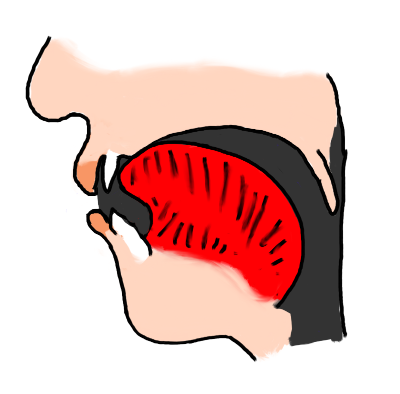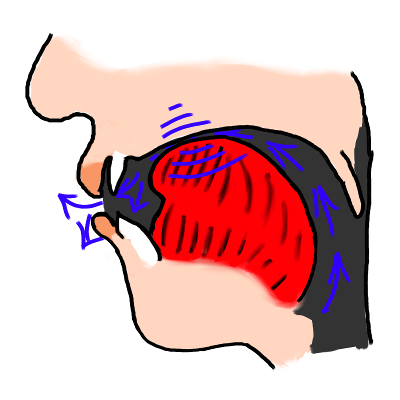How to pronounce cheveux
Do you find the information below useful? If you do, you can get guides like it for 1,000+ French words by downloading this app for your iPhone or iPad.
| l |  | The French 'l' is similar to the 'l' in English "with Lee". The tongue tip usually touches the back of the upper teeth. It is also a so-called "clear" l: in other words, you don't raise the back of your tongue as you pronounce the French 'l', as occurs in some cases in English. | |
| e |  | The French 'close e' vowel, often written é, is pronounced with the tongue almost as far forward in the mouth as it will go, and fairly close to the roof of the mouth. Keep your lips fairly spread and aim to "hold your tongue and lips in position" (to avoid producing it as a "glide" or diphthong) as you pronounce it. | |
| ʃ |  | This sound is very similar to the English 'sh' sound as in "she". In French, it is commonly written "ch". Some English speakers tend to round their lips when pronouncing this sound. If you do, then try not to round your lips while producing the sound in French! | |
| v |  | The French 'v' sound is pronounced in a similar way to English 'v'. | |
| ø |  | The French 'close eu' vowel is pronounced with the tongue in a similar position to a French 'close e' vowel, but with the lips rounded. |